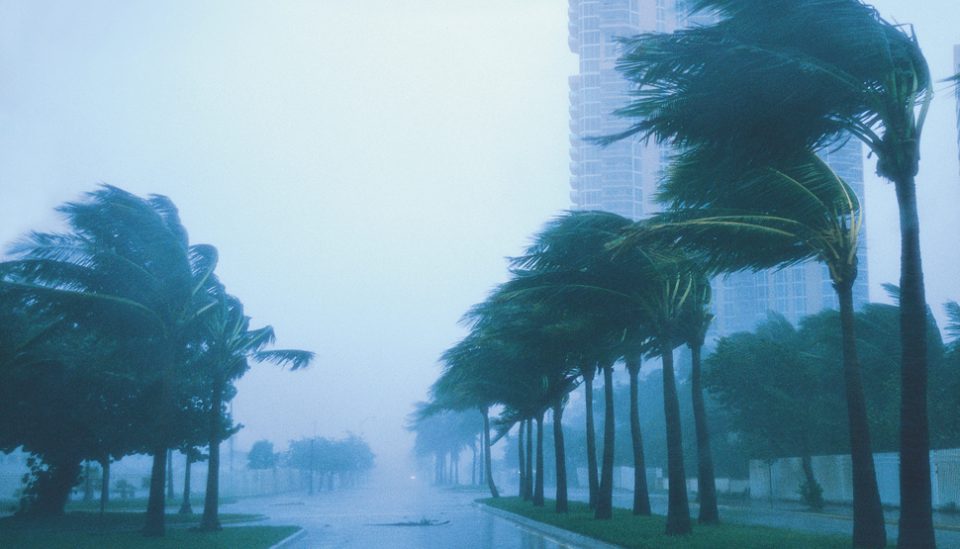Introduction: What Is Stormuring?
Stormuring is a growing term in climate discussions, referring to the compounding impact of severe weather events that overwhelm societies, economies, and ecosystems. Unlike a single storm, stormuring describes a repeated or intensified pattern where storms, floods, or other extreme weather events strike in quick succession—causing disruptions that linger long after the skies clear.
As global temperatures rise and weather becomes more unpredictable, stormuring has emerged as a critical concept for policymakers, scientists, and everyday citizens. It highlights not only the storms themselves but also the way they test human resilience, infrastructure, and environmental systems.
The Origins and Definition of Stormuring
The word “stormuring” blends storm with enduring. This combination reflects two realities: the direct threat posed by storms and the lasting effects communities must endure afterward.
Unlike traditional meteorological terms that classify storms individually—such as hurricanes, cyclones, or blizzards—stormuring takes a holistic view. It captures the continuous cycle of severe weather, recovery struggles, and repeated damage. For this reason, it is increasingly used in climate science, emergency planning, and urban development policies.
Key Causes of Stormuring
Understanding why stormuring is becoming more common requires a closer look at interconnected drivers.
1. Climate Change Acceleration
Climate change is the most significant factor fueling stormuring. Warmer global temperatures allow the atmosphere to hold more moisture, leading to heavier rainfall and stronger storms. Rising ocean temperatures also give hurricanes and cyclones more energy, making them last longer and hit harder. This creates a feedback loop where each storm intensifies the likelihood of another.
2. Urbanization and Land Use Changes
Rapid urban growth has replaced forests, wetlands, and natural floodplains with concrete and asphalt. These surfaces cannot absorb excess rainfall, leading to flash floods and increased storm runoff. Urban heat islands—areas where cities trap heat—also intensify local storm patterns, worsening the stormuring effect.
3. Infrastructure Vulnerability
Much of today’s infrastructure was not designed for frequent or extreme weather events. Bridges, roads, and drainage systems often collapse under repeated strain. Power grids, communication networks, and water systems can fail, creating a ripple effect where a single storm escalates into a prolonged crisis.
4. Gaps in Emergency Preparedness
Preparedness plays a crucial role in determining whether a storm becomes a disaster. Inadequate warning systems, limited evacuation plans, and poor recovery efforts often mean that communities are still reeling from one storm when the next arrives. This incomplete recovery cycle is a hallmark of stormuring.
The Effects of Stormuring on Society and the Environment
Stormuring is not just a scientific concept—it has real consequences that touch every part of life.
Human and Community Impact
-
Displacement and Homelessness: Families forced to evacuate repeatedly may lose their homes entirely, leading to long-term displacement.
-
Health Risks: Floodwaters spread diseases such as cholera and malaria. Air quality also worsens due to mold and airborne pollutants after storms.
-
Mental Health Struggles: Facing constant uncertainty and repeated trauma leads to higher rates of anxiety, depression, and post-traumatic stress.
Economic Costs
-
Property and Infrastructure Damage: Repair costs for homes, businesses, and public infrastructure rise sharply with each stormuring event. Insurance claims soar, straining financial systems.
-
Loss of Productivity: Extended power outages, destroyed roads, and disrupted transportation halt economic activity, sometimes for weeks.
-
Rising Insurance Premiums: Insurers increase costs or withdraw coverage entirely from storm-prone regions, leaving communities more vulnerable.
Environmental Consequences
-
Ecosystem Disruption: Wetlands, forests, and coral reefs—natural barriers against storms—are damaged or destroyed, making future storms even more devastating.
-
Pollution and Waste Spread: Floodwaters carry toxins, plastics, and debris into rivers and oceans, creating long-lasting environmental challenges.
-
Loss of Biodiversity: Species unable to adapt to repeated environmental shocks face population decline or extinction.
How to Mitigate Stormuring
Tackling stormuring requires proactive strategies that combine technology, policy, and community action.
1. Strengthening Infrastructure
-
Flood-Resistant Construction: Cities must integrate elevated structures, permeable pavements, and advanced drainage systems to handle excess water.
-
Resilient Power and Communication Networks: Upgrading grids and creating backup systems ensure that critical services remain functional during crises.
2. Community Preparedness and Response
-
Early Warning Systems: Modern forecasting tools, including satellite tracking and AI-based weather models, provide more time for evacuation and preparation.
-
Public Training Programs: Communities can reduce panic and improve safety by educating citizens on emergency protocols, safe shelters, and recovery processes.
3. Ecosystem-Based Solutions
-
Restoration of Natural Barriers: Wetlands, mangroves, and forests act as buffers, absorbing storm surges and reducing flood damage.
-
Green Infrastructure: Urban parks, gardens, and green rooftops reduce runoff while improving air quality and cooling urban environments.
The Role of Policy and Governance
Stormuring cannot be solved without coordinated governance. Governments, NGOs, and international organizations play crucial roles in shaping solutions.
Implementing Protective Policies
-
Updated Zoning Laws: Restricting construction in flood-prone areas reduces the risks of catastrophic losses.
-
Climate-Smart Regulations: Policies encouraging energy efficiency, renewable energy adoption, and emission reduction address root causes of climate change.
-
Funding for Innovation: Investing in climate adaptation research and infrastructure ensures long-term resilience.
International Cooperation
Stormuring does not respect borders. A tropical storm in one region can trigger flooding in neighboring countries. Global collaboration in data sharing, disaster response, and humanitarian aid ensures faster, more effective action.
Future Outlook: Living with Stormuring
Climate models predict that the frequency and intensity of severe weather events will continue to rise. Stormuring, therefore, is not a temporary challenge but a defining feature of our future.
-
Urban Planning Evolution: Cities must adopt “climate-smart” designs that anticipate flooding, storms, and rising sea levels.
-
Advancements in Technology: AI, drones, and IoT sensors will play growing roles in monitoring, forecasting, and managing stormuring events.
-
Cultural Adaptation: Communities will need to adapt not only physically but also socially and psychologically to a world where stormuring is part of everyday life.
Conclusion
Stormuring is more than a buzzword—it represents a global shift in how we experience and endure storms. Its causes lie in climate change, urbanization, weak infrastructure, and gaps in preparedness. Its effects are widespread, from displacing families and damaging economies to harming ecosystems.
But stormuring is not unstoppable. With stronger infrastructure, community training, ecosystem restoration, and smart policies, societies can reduce its toll. Preparing for stormuring means investing not only in resilience but also in our collective future. By acting today, we can ensure that tomorrow’s storms do not dictate the fate of our communities and environment.

